Peperomia Scandens Tissue Culture
$4.65
Peperomia Scandens is a deciduous perennial plant that grows up to six feet tall. It has dark green leaves and flowers which are white, pink or yellow in colour. They are found in Indonesia, Thailand and other Asian countries. They are fairly easy to grow but can be bitten by insects that seek their blood. The leaf shape can be elongated or in the shape of a heart with two lobes at the apex on the stem.
Out of stock
SKU: PEPSCA800105T
Category: Tissue culture
Peperomia Scandens Uses:-
- Peperomia Scandens can be grown easily at home. It has an average growth height of only 12 inches but this does not mean that it is not beautiful. The plant grows in large clusters, which makes it easy to look after. Many people like to add some pungent herbs to the plant-like spearmint, chamomile and clove so that they can scent it further. This makes the plant even more fragrant and lovely to look at.
- The plant is often planted in sunny areas of the garden because it prefers a cool climate. It also likes a lot of water so it is important to keep the soil damp at all times. This is because the leaves of the plant dry out very quickly when it is exposed to high temperatures. The flower heads of the plant are short and shiny and people often get attracted to them. The flowers of the plant have a deep orange colour, which is also its distinctive feature.
- People who want to grow Peperomia Scandens are usually people who already have a green thumb and also those who love gardening. The plant is easy to grow, costs very little and the health benefits of the plant are immense. If you have not yet tried it, then you should try it now. You will never regret the decision and in case you are not satisfied with the plant, then you can always get another.
Peperomia Scandens Health Benefits:-
- There are many benefits of Peperomia Scandens plant. This article will explore some of those benefits. This article will touch on its medicinal benefits, its use as a diuretic and as a sedative.
- One of the many benefits of this plant is its use as a diuretic. This means that it can eliminate excessive salt in the blood. This also makes it good for people suffering from high blood pressure. Another benefit is that it is also effective against diarrhoea and cures nausea. It can also relieve diarrhoea caused by worms.
- Peperomia Scandens has many other medicinal qualities. Because of this, it is considered as a powerful natural remedy. Many people use this plant to treat sunburns, acne, digestive problems and rheumatism. The sweet aroma of this plant is very soothing when inhaled and this is why it is often used in aromatherapy.
- Peperomia Scandens also has many benefits. One of these is that it can relieve many stomach and digestion-related problems. This is why it is often used in Chinese medicine. The plant also helps to improve a person’s vision as it is known to increase the sharpness of the eyes.
- Although there are many benefits of Peperomia Scandens, this plant is only indigenous to Brazil. Therefore, it is still important to be aware of the different varieties available and how they are grown. This will enable you to purchase the right type of the plant in the future and ensure your body gets all the nutrients it needs from this amazing little plant.
Peperomia Scandens Properties:-
- The Peperomia Scandens is a fairly easy plant to grow. It is also fairly rare, although it is believed to be widespread in Thailand. The Peperomia Scandens is found in a variety of habitats including wetland areas, slow sandy soils and rocky soil. In humid climates, the plant may form tubers or rhizomes and the foliage will drop after blooming.
- What are the common problems that affect this beautiful plant? The most common problem encountered by this orchid is overwatering. The leaves will turn a dark greenish colour and the flower buds themselves will become deformed. Overwatering will cause the plant to wilt and the leaves will curl up. To prevent this from happening you should follow these simple steps:
- In sunny climates, the plant will require around six hours of direct sunlight each day. The leaves will turn a dark green colour and the flower buds will become deformed if they are not adequately watered. The plant will also need around six hours of partial shade during the evening. The leaves will expand to a large size when full and will start to wilt if kept in direct sunlight for a prolonged period.
- Doormats should be used around the base of the Peperomia Scandens plant to prevent it from over-soaking. If you want to grow this plant indoors, it should be planted in a potting mix that contains peat moss. Doormats should be attached to the plant gently. When using a doormat it is important to remove the leaves from the stems regularly. Doormats also prevent the roots from rotting.
- One common problem encountered with this plant is that the roots may rot. This is a natural process that will occur as the plant grows. The roots will form a network that interlinks together. As the roots grow they push upwards on the branches of the plant. This causes the entire stem to get pulled upwards and as a result, the leaves of the plant get pulled up into the pot. If you can help the roots to remain small and compact this will prevent them from getting out of the pot and rotting.
- Peperomia Scandens can be propagated easily. It is a fairly easy plant to grow and produces a large number of leafy stems. These leaves can be divided repeatedly and the resulting buds can then be tied to strings or re-potted each year. The plant flowers in spring, with large blooms containing multiple tentacles. The flowers have a bright orange colour and the plant is quite fragrant.
- The Peperomia Scandens is not a very hardy plant and can be damaged by harsh soil conditions. Also, it is sensitive to frost. As long as it has regular access to sunlight, full sun and partial shade it should do well in most areas. It likes a rich soil that is slightly acidic in nature and will grow just about everywhere that has a fair amount of these conditions. The only limitations are that it likes a lot of sunshine and partial shade and if you do not provide this it will become a dark green colour.
- Peperomia Scandens is a Mediterranean shrub, native to Greece and Italy. This tree also grows in the Caribbean and Mexico. It is an evergreen perennial, which has dark green leaves and purple flowers. The Latin name for this plant is Arizona and it is sometimes called the purple tree of the Mediterranean or the purple pitterpillar tree due to the pungent smell that emanates from the leaves of this tree.
Be the first to review “Peperomia Scandens Tissue Culture” Cancel reply
Related products
Tissue culture
$7.38
Tissue culture
$8.82
Tissue culture
$8.22
Tissue culture
$7.74
Tissue culture
$7.74
Tissue culture
$7.74
Tissue culture
$9.33
Tissue culture
$8.10

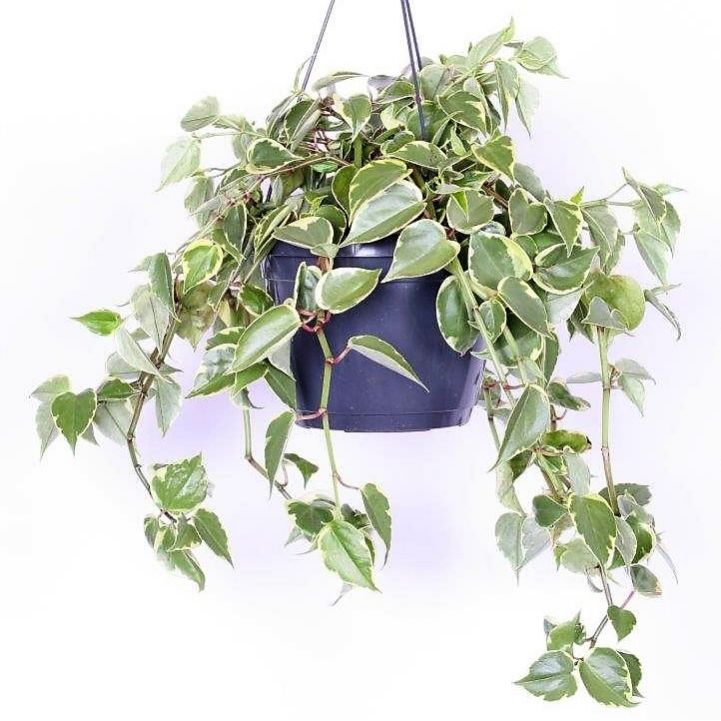


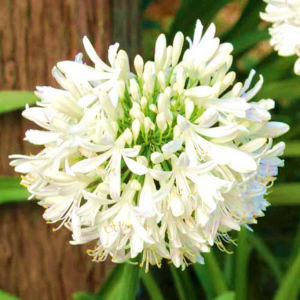
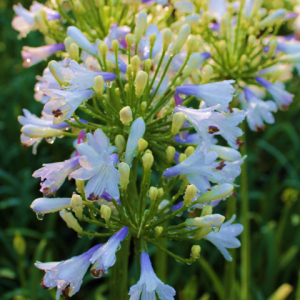
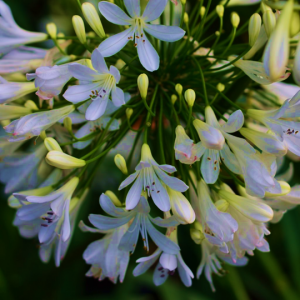
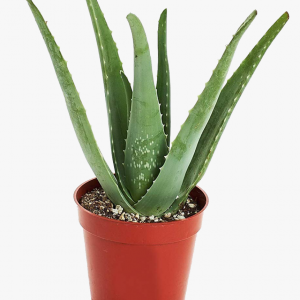
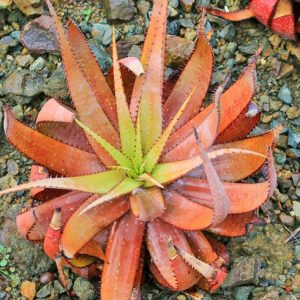
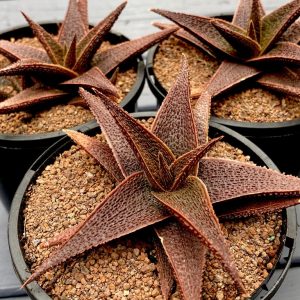
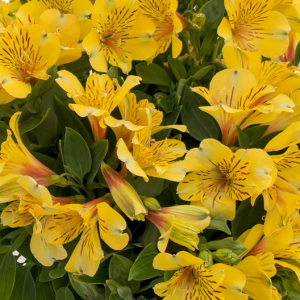
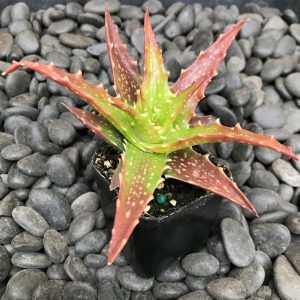
Reviews
There are no reviews yet.